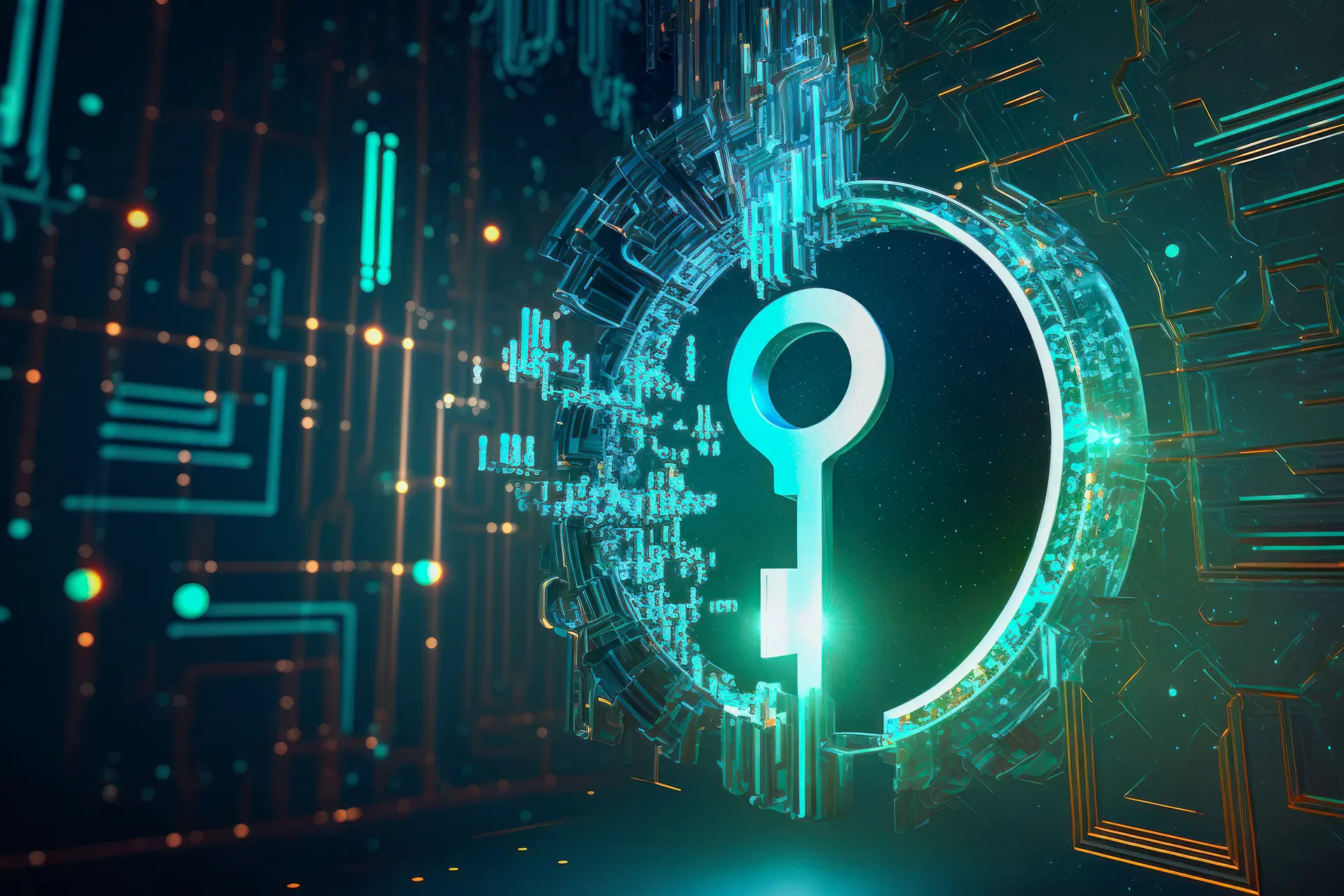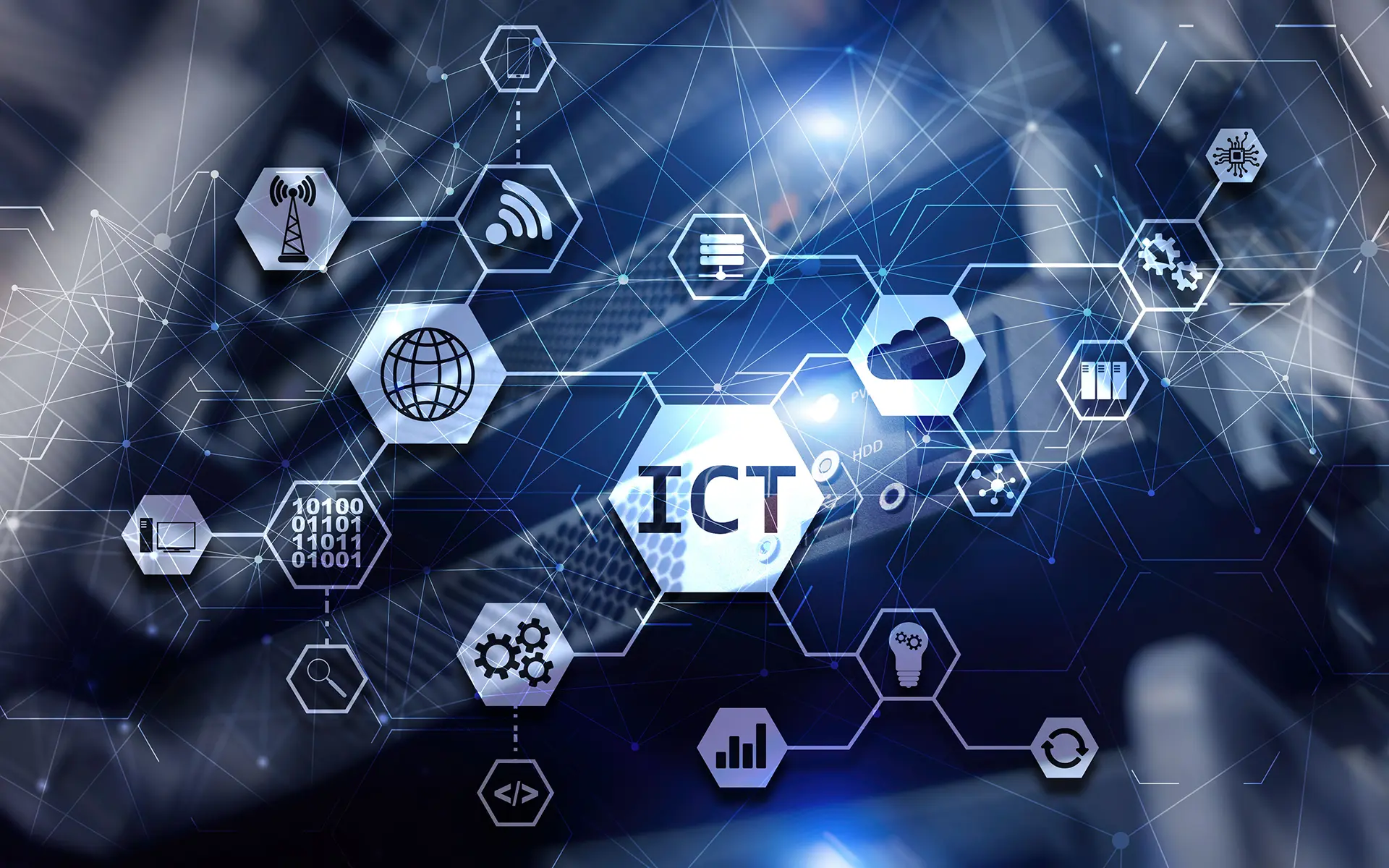Table of contents
- Data integrity
- Availability of resources
- Information confidentiality
- Authenticity and non-repudiation
- Control and traceability
As we often mention, cyber security has become a topic of fundamental importance in everyone’s daily life.
The goal of cyber security is to ensure five aspects of ICT (Information and Communication Technology) essential for:
- The protection of information systems
- The protection of personal and business data
These 5 ICT aspects form the foundation upon which are built:
- Cyber security policies
- Information protection practices
Data integrity
Data integrity is essential for several reasons.
Firstly, accurate and unaltered data are fundamental for the daily operations of any organization.
Imagine a bank processing thousands of transactions every day. Even a small data alteration can lead to serious financial and legal consequences.
Moreover, data integrity is crucial for strategic decision-making and analysis.
Both public and private organizations rely on accurate data to effectively plan and manage their activities.
Threats to data integrity
Data can be compromised in various ways.
Cyber attacks, such as SQL injection, can alter the data in databases. Malware and ransomware can corrupt or encrypt important files, rendering them unusable.
Even human errors, such as incorrect data entry or accidental deletion, pose significant threats to data integrity.
Technologies and practices to ensure data integrity
To protect data integrity, a series of technologies and practices must be implemented. Here are some of the most effective:
- Digital signature
A digital signature is a tool that verifies the authenticity and integrity of a digital document. By using a private key to create a unique signature, it’s possible to demonstrate that the document has not been altered since it was signed. - Access controls
Access controls ensure that only authorized individuals can access and modify the data. This can be achieved through multi-factor authentication (MFA), which requires multiple proofs of identity before granting access. - Encryption
Encrypting data both in transit and at rest is essential to prevent unauthorized access and alterations. Using strong encryption algorithms ensures that data remains intact and secure, even if intercepted. - Regular backups
Performing regular backups of data is a fundamental practice to maintain data integrity. Backups allow you to restore original data in case of compromise, ensuring information can be recovered without significant loss. - Version control systems
Version control systems track changes to data and allow for the restoration of previous versions in case of errors or unauthorized alterations. This is particularly useful for managing documents and source code.

Availability of resources
Availability is another fundamental aspect of ICT.
It means that information systems and data must be accessible when needed.
A lack of availability can cause serious operational issues, especially in critical sectors like healthcare, public administration, and infrastructure.
Using cloud computing can be an effective solution to ensure that resources are always available, reducing the risk of downtime and improving resilience against cyber criminals.
Information confidentiality
Confidentiality is one of the fundamental aspects of ICT, essential for protecting sensitive data from unauthorized access.
It is important to ensure that personal, financial, and operational information remains private and secure.
Confidentiality is particularly important to avoid identity theft, fraud, and other forms of abuse that can result from unauthorized access to data.
Importance of confidentiality
Information confidentiality is vital for several reasons.
First of all, it protects the privacy of individuals, ensuring that their personal data is not exposed or misused.
Secondly, it protects sensitive business information, such as market strategies, intellectual property and financial details that, if compromised, can lead to significant losses.
Moreover, for public and private organizations, maintaining confidentiality is often a regulatory and legal requirement, with severe consequences in the event of violations.
Threats to information confidentiality
Threats to confidentiality can come from various sources, including:
- Cyber attacks
Hackers may use techniques like phishing, malware, and brute force attacks to gain unauthorized access to data. - Insider threats
Employees or collaborators with legitimate access to data may abuse their credentials for personal or malicious purposes. - Security system flaws
Poorly configured systems or outdated software can present vulnerabilities that attackers can exploit. - Human errors
Negligent behavior, such as using weak passwords or not following security policies, can facilitate unauthorized access.
Technologies and practices to ensure confidentiality
To protect information confidentiality, a combination of advanced technologies and rigorous management practices is essential:
- Encryption
Data encryption is one of the most effective measures for ensuring confidentiality. This process transforms readable data into an unreadable format, which can only be decrypted with the correct key. Encryption should be applied to both data in transit and at rest. - Access management
Limiting access to data to authorized individuals is crucial for maintaining confidentiality. This can be achieved through role-based access control (RBAC), where access is granted based on users’ job responsibilities, and multi-factor authentication (MFA). - Security policies
Organizations must establish and enforce strict security policies that clearly define the procedures for managing sensitive data. These policies should include guidelines for creating secure passwords, managing mobile devices, and protecting data in remote work environments. - Monitoring and auditing
Implementing monitoring and audit systems allows for the detection and recording of all activities related to sensitive data. This makes it possible to quickly identify any unauthorized access and take corrective measures.
Authenticity and non-repudiation
Data authenticity ensures that the information comes from a verified source and has not been altered.
This aspect is closely linked to the digital signature, which allows the identity of the sender of a message or digital document to be verified.
Non-repudiation, on the other hand, ensures that the sender cannot deny having sent a message.
These two aspects are fundamental to maintaining trust in communication systems and digital transactions.
Control and traceability
Finally, control and traceability are important for ensuring that all activities within an information system can be monitored and traced.
This enables the detection and quick response to any anomalies or attempts at unauthorized access.
Traceability is also important for regulatory compliance, requiring organizations to maintain accurate logs of activities on their systems.
In summary, the five aspects of ICT—integrity, availability, confidentiality, authenticity and non-repudiation, and control and traceability—are fundamental for cyber security.
Organizations must implement adequate measures to ensure these aspects are always preserved, using advanced technologies and effective operational procedures.
FAQ
- What is data integrity?
Data integrity refers to the accuracy and consistency of information, ensuring that it has not been altered in an unauthorized manner. - Why is resource availability important?
Availability ensures that systems and data are accessible when needed, preventing interruptions that can cause significant operational problems. - How is information confidentiality ensured?
Confidentiality is ensured through encryption techniques and access management policies, limiting access to data to authorized personnel. - What is data authenticity?
Authenticity ensures that the information comes from a verified source and has not been altered, often using digital signatures. - What does non-repudiation mean?
Non-repudiation ensures that the sender of a message cannot deny having sent it, maintaining responsibility and trust in digital communications. - What role do control and traceability play in cyber security?
Control and traceability allow for the monitoring and recording of all activities on information systems, enabling the detection and quick response to anomalies. - How can cloud computing improve resource availability?
Cloud computing offers scalable and resilient solutions that reduce the risk of downtime and improve data accessibility. - What technologies help maintain data integrity?
Technologies like digital signatures and access controls help maintain data integrity by preventing unauthorized alterations. - Why is confidentiality important for personal information?
Confidentiality protects personal information from unauthorized access, preventing identity theft and fraud. - How can public administrations ensure information security?
Public administrations can adopt strict security policies, use advanced technologies, and train staff to protect sensitive information.

